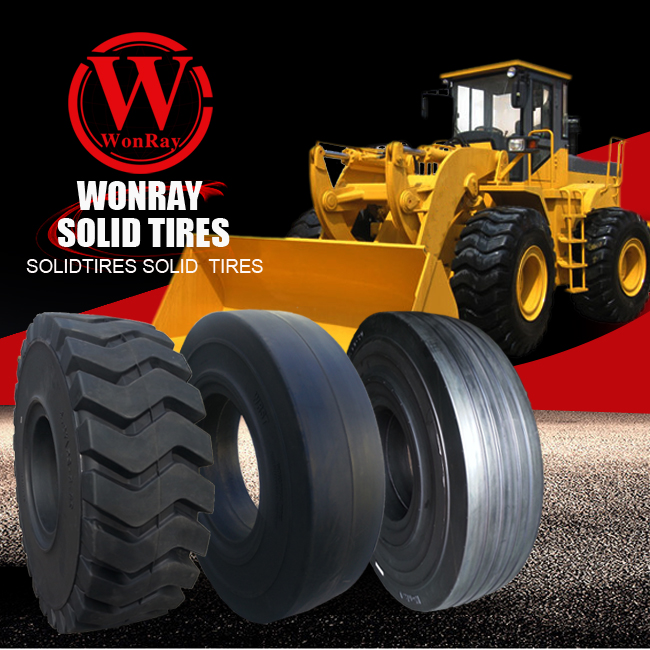In the construction, mining, and logistics industries, the efficiency and reliability of heavy machinery depend largely on one key component — the Payloader Tire. These specialized tires are designed to withstand extreme conditions, support heavy loads, and deliver superior traction on rough terrains. Selecting high-quality payloader tires is essential for maintaining productivity, minimizing downtime, and reducing operational costs.
Understanding Payloader Tires
A payloader tire is a type of industrial tire specifically engineered for wheel loaders and similar heavy-duty vehicles. It must endure high loads, abrasive surfaces, and varying ground conditions while maintaining stability and grip.
Key Functions of Payloader Tires
-
Load Support: Designed to carry heavy materials in construction, mining, and waste handling.
-
Traction and Stability: Deep tread patterns enhance grip on mud, gravel, and uneven surfaces.
-
Durability: Made from reinforced compounds to resist cuts, heat, and punctures.
-
Shock Absorption: Reduces vibration and improves operator comfort in rough environments.
Types of Payloader Tires
Depending on the working environment, payloader tires come in several designs and compounds:
-
Bias Tires: Cost-effective and durable, suitable for moderate applications.
-
Radial Tires: Offer better heat dissipation, longer lifespan, and smoother rides — ideal for continuous, heavy-duty work.
-
Solid Tires: Best for areas with high puncture risk, such as scrap yards or recycling plants.
Each tire type provides specific advantages, so the right choice depends on the application, surface condition, and operational intensity.
How to Choose the Best Payloader Tire
When selecting payloader tires for industrial applications, consider the following key factors:
-
Operating Conditions: Surface type (rocky, soft, or mixed) determines tread design and compound choice.
-
Load Capacity: Ensure the tire can handle the machine’s gross operating weight.
-
Heat Resistance: For long hours of continuous work, heat-resistant compounds extend tire life.
-
Maintenance Requirements: Easy-to-maintain tires reduce downtime and improve ROI.
-
Brand and Quality Assurance: Partner with reliable manufacturers that comply with global industrial standards.
Maintenance Tips for Longer Tire Life
To maximize performance and longevity:
-
Check air pressure regularly (for pneumatic models).
-
Rotate tires periodically to ensure even wear.
-
Clean debris and inspect for cuts or embedded objects.
-
Avoid overloading beyond the recommended capacity.
-
Store spare tires properly to prevent compound deterioration.
Conclusion
Choosing the right payloader tire directly affects equipment productivity, safety, and cost-efficiency. By understanding the different types, applications, and maintenance best practices, businesses can ensure consistent performance and longer operational life for their heavy machinery. Partnering with a trusted tire supplier guarantees reliable quality and long-term value in demanding industrial environments.
Frequently Asked Questions (FAQ)
Q1: What’s the difference between bias and radial payloader tires?
A1: Bias tires are more affordable and rugged, while radial tires offer better traction, heat resistance, and longevity.
Q2: How often should payloader tires be replaced?
A2: It depends on usage and surface conditions — typically every 2,000 to 4,000 operating hours, or when tread wear exceeds safe limits.
Q3: Can solid payloader tires be used for all applications?
A3: They’re ideal for harsh environments with high puncture risks, but not recommended for long-distance or high-speed use.
Q4: How can I reduce tire wear on my payloader?
A4: Maintain proper inflation, avoid overloading, and operate smoothly to minimize unnecessary strain and heat buildup
Post time: 17-10-2025

